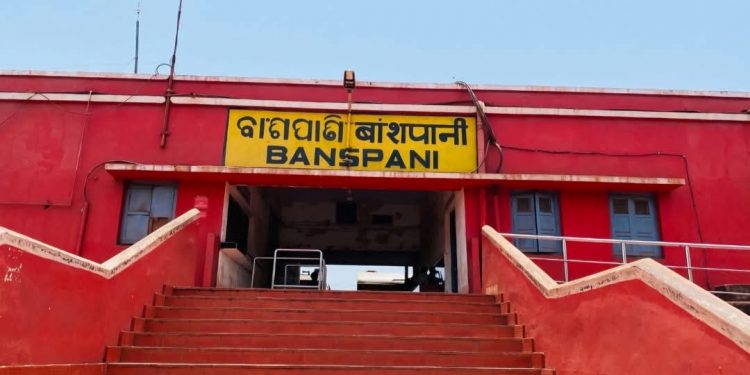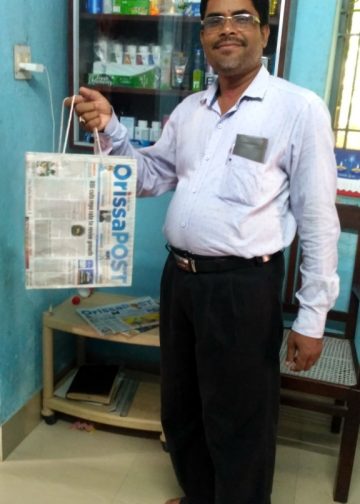Keonjhar: Tucked within the green hills and natural surroundings of Joda region of Keonjhar district, the Banspani railway station stands as a quaint stop resembling a scenic hill station.
This railway station in the picturesque backdrop holds the distinction of being the smallest railway station in India, both in size and infrastructure.
Situated approximately 300 km from the state Capital and 70 km from the district headquarters, the station is located within the Joda municipality area. Although it is in one of the country’s largest mining regions, the station remains underdeveloped and often overlooked, leading locals to demand its modernisation.
Also Read: Odisha: Railways to inquire into derailment of Bangalore-Kamakhya AC SF Express
Despite being small in size, Banspani station plays a crucial role in connecting the mining belt to other regions. It primarily serves as a transit point for mineral transportation, making it a significant logistical hub.
The station measuring around 210 meters in length consists of a single platform which is not fit enough to accommodate a standard 500-meter-long express train entirely.
After Jurudi railway station, Banspani is recognized as the second-largest iron ore loading station within the Joda mining area. It sees the frequent movement of freight trains transporting raw materials.
Passenger train services, however, are limited. Currently, a few trains like the Barbil-Puri-Barbil Intercity Express, the Berhampur-Tata Nagar Vande Bharat Express, the Puri-Anand Vihar Terminal Weekly Express, and the Visakhapatnam-Tata Nagar-Visakhapatnam Weekly Express operate through the station.
With minimal infrastructure, the station offers basic amenities and no advanced facilities. “Its small stature and limited resources have earned it the title of the country’s smallest railway station,” Basant Kumar Mohanta, a member of the Barbil Civil Society, said.
According to Mohanta, Banspani station’s size and lack of development warrant immediate attention for improved services and infrastructure.
Rasananda Behera of the Barbil Civil Society said the area’s environment has been severely affected by dust and water pollution due to loading of mineral stones and movement of a large number of trucks. He noted that the route, which starts from mining areas, has become a key transportation alternative for both government and local residents.
Behera emphasised that if a connecting route is opened from Banspani to Barbil, linking the place with other mining regions and urban areas, its significance will increase further.
Researcher Dr Bimbadhar Behera stated that the station was established to facilitate the efficient transportation of minerals in line with the region’s mining industry growth. “Freight trains passing through Banspani transport iron ore and other minerals to various parts of the country,” he said.
Banspani also serves as a vital transportation link for the local population. Behera suggested that with commercial development, pollution-free infrastructure, and improved facilities for residents, the station could be recognised as an independent station within the state despite its smaller size.
PNN






































